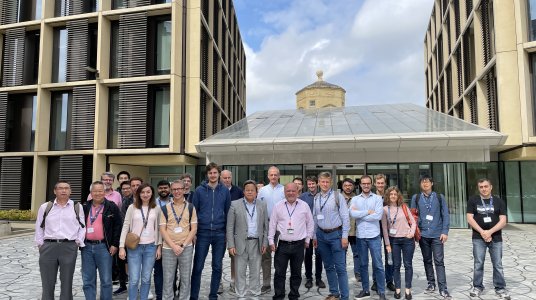Silt build up at Peel Ports locks
Abstract
Peel Ports operate a number of locks that allow ships to enter and leave the port. The lock gates comprise a single caisson structure which blocks the waterway when closed and retracts into the dockside as the gate opens. Build up of silt ahead of the opening lock gate can prevent it from fully opening or requiring excessive power to move. If the lock is not able to fully open, ships are unable to enter the port, leading to significant operational impacts for the whole port. Peel ports are interested in understanding, and mitigating, this silt build up.




